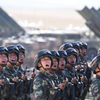Indian media: China’s drone group deployed on the border is by no means a decoration. Indian troops will use 1,000 aircraft to fight
Indian media: China’s drone group deployed on the border is by no means a decoration. Indian troops will use 1,000 aircraft to fight
The Russian-Ukrainian conflict has once again proved the value of drones, and military drones are rewriting the war model in the three fields of air, land and sea. With the development of technology, drones have been able to more and more replace manned aircraft to complete tasks. Relatively speaking, drones are smaller than manned aircraft, making them harder to detect by radar, and with its low cost and unmanned mode, it becomes less important when discovered and shot down. Of course, the payload of drones is not as good as manned aircraft, but this problem can be solved by increasing the number of drones performing missions. This model of bringing a large number of drones together to fight is being developed and trained, that is, drone swarm operations .
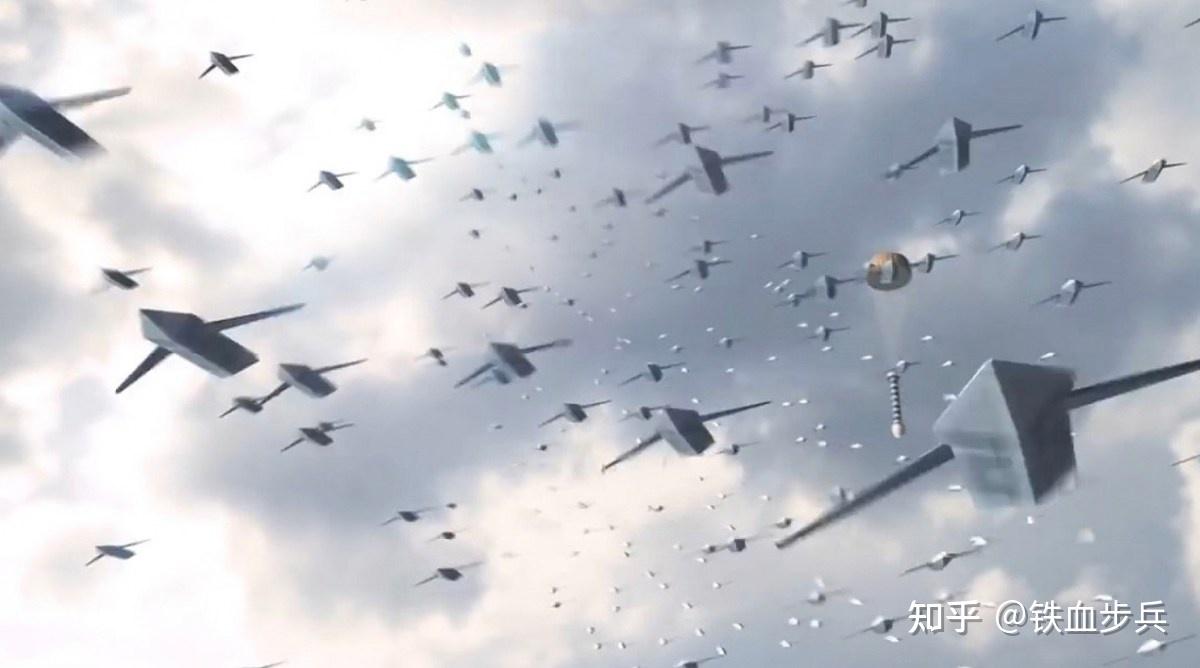
Threat from drone swarms
India Defense News published an article saying: There are two hostile countries on our land border, both of which are vigorously developing military drones. We have witnessed the attacks of drones on Jammu Airport in India, and despite the lack of artificial intelligence elements to provide them with real swarm operations, the threat remains.

Indian media believes that because the Indian public sector is not active in the development of drone technology, this has led to India lagging behind Pakistan in drone development for ten years. Through its cooperation with China, Pakistan has developed a full-generation drone/UAV/UCAV for its military and government agencies, which includes surveillance drones from small rotorcraft to manually launched and long-range drones such as Shahpal II drones .
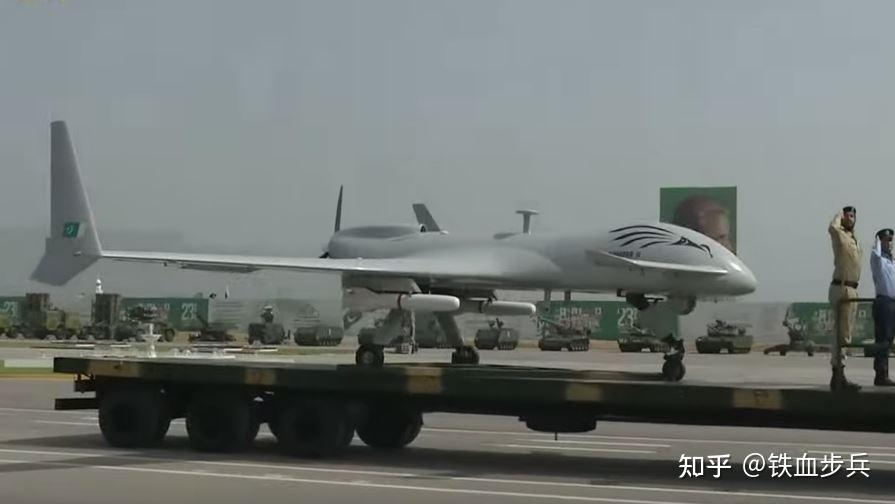
Indian media said that China is far ahead of India in drone development, not just in terms of production, but also in the world’s leading position in drone technology. At present, China is increasingly deploying drones along China and India, and China has also deployed stealth drones on actual control lines. Its information acquisition and situational awareness pose a high threat to India; at the same time, the drone swarm known as “swarm” is also deployed along the border near the so-called Arunachal Pradesh (South Tibet region).
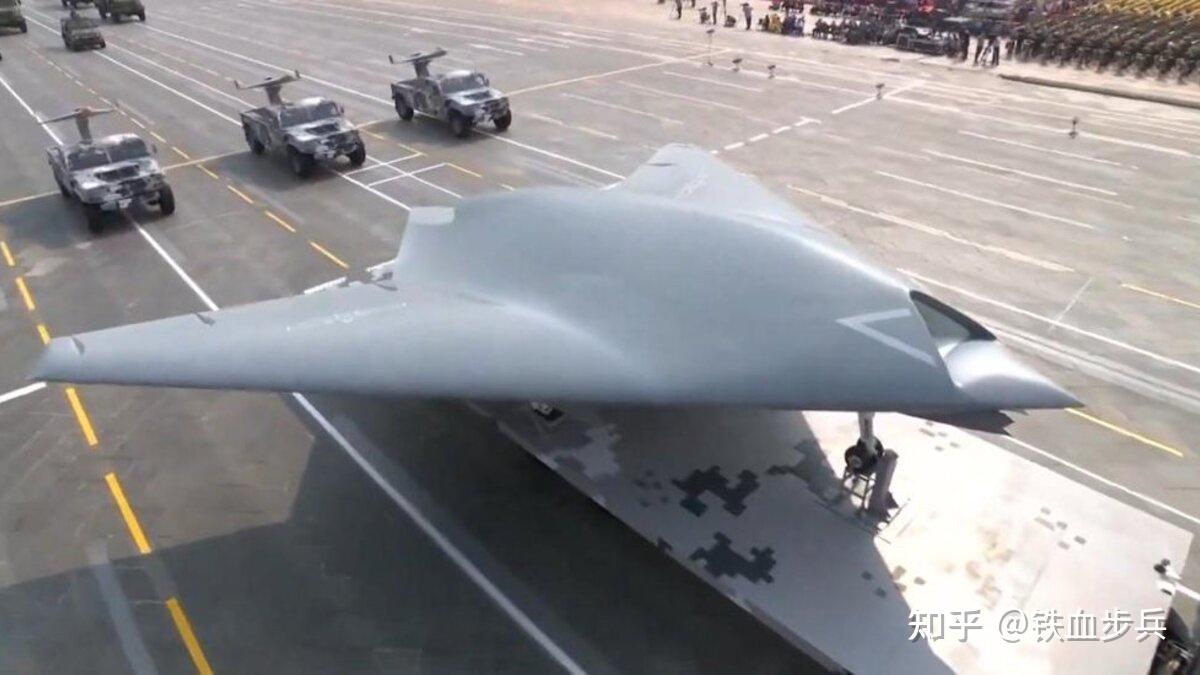
Indian media said that in the Sino-Indian border area, the People’s Liberation Army has repeatedly used drones to airdrop food and other essentials to border troops in the region, which shows that China is very skilled in the technology of drone swarms. In addition, China is still producing drones that are daunting, and it can be expected that China will pursue this technology tirelessly. Previously, China also tested launch vehicles overloaded with 48 drone swarms. The bicycle could launch 48 suicide drones at one time. These drones can last up to 2 hours and have a combat radius of more than 15 kilometers. Able to attack all armored vehicles including tanks, as well as some valuable targets, such as radars.
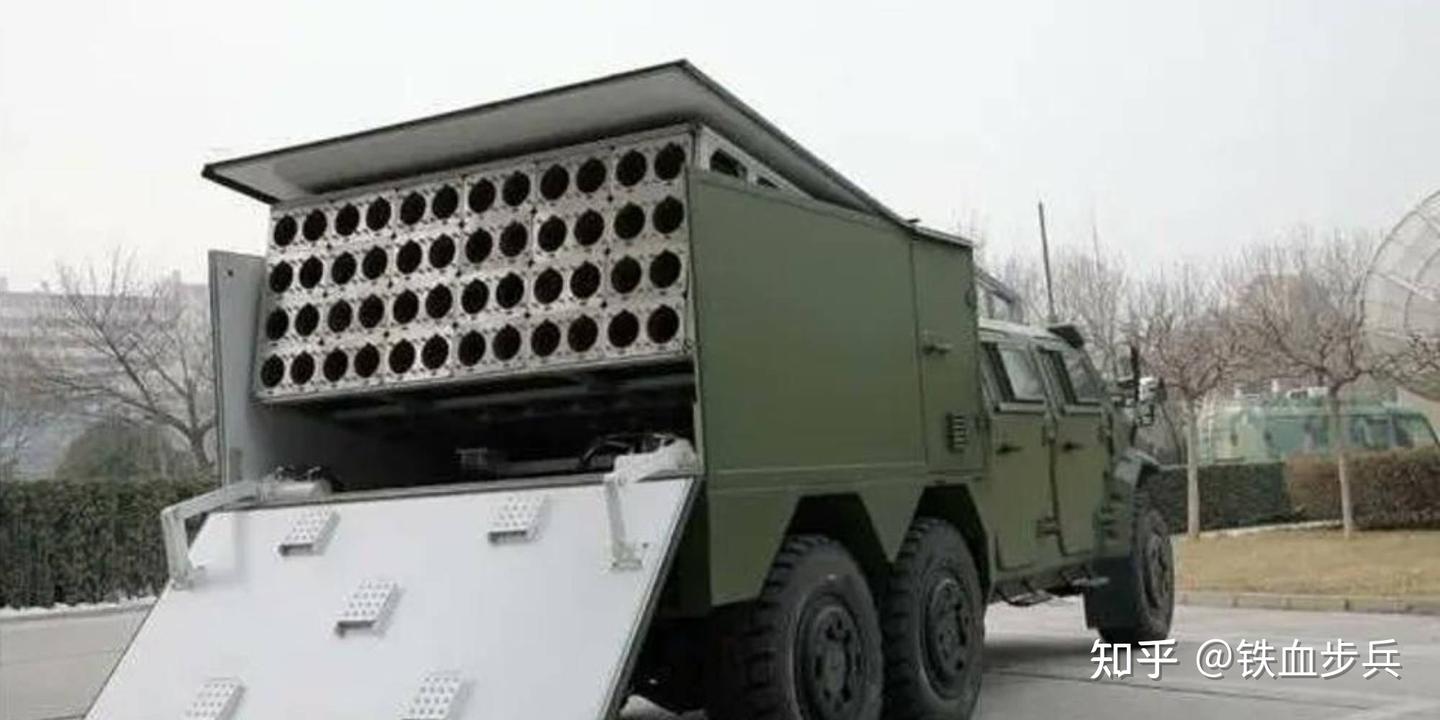
Indian media said that it is difficult to counterattack using drone swarms to perform missions. Although traditional air defense weapons can be used to solve small drone swarms by aiming one drone at a time, the large number of large drone swarms are very little affected by this counterattack. Even if some drones are shot down, the remaining swarms can still perform their collective missions and may successfully complete the mission before all drone swarms are shot down.
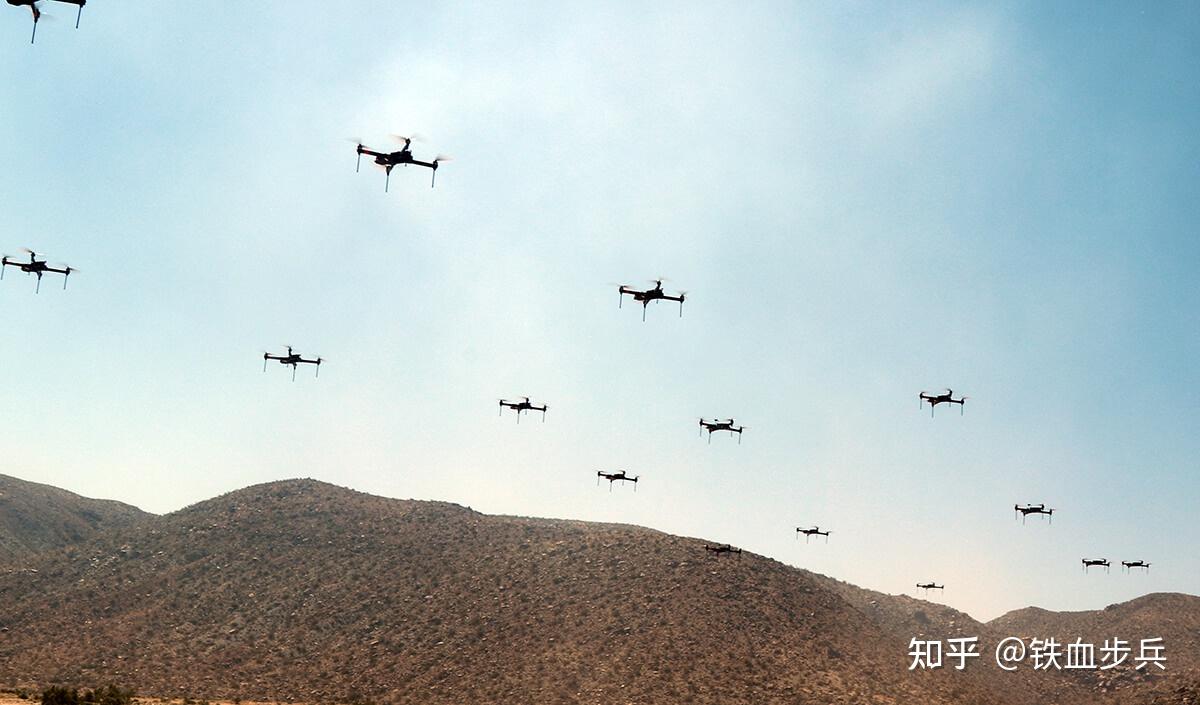
Indian media said that the “drone swarm” reminds people of a large number of drones passing by in the sky like bees or migratory birds. If used properly, drone swarms could revolutionize the concept of war. The characteristics of the drone swarm are particularly suitable for search and destroy missions against enemy air defense systems and movable missile launchers, as well as intelligence, surveillance, reconnaissance (ISR) as well as counterinsurgency, over-sight strike, air combat and area denial. The drone swarm can transitionally saturate the enemy’s air defense system’s interception capabilities and can consume a large amount of enemy air defense resources. If only a few drones are shot down, the benefits will be minimal. The drone swarm has the ability to overwhelm radar and air defense systems, confuse the enemy and weaken their reactions. Future swarms can also carry electronic warfare jammers, transmitters that simulate large aircraft signals, and devices or other systems capable of conducting cyberattacks that can confuse enemy detection systems or paralyze enemy defense systems before or during operation.
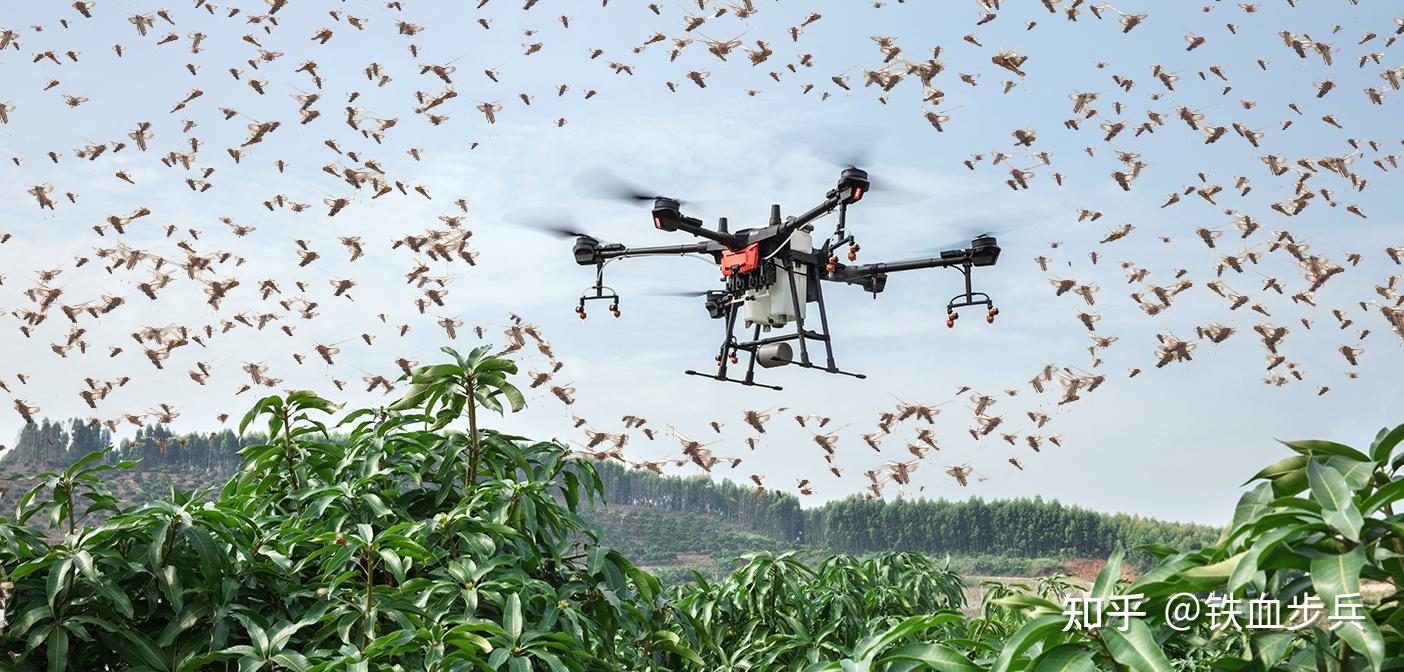
Indian media said that the drone swarm can conduct all-round attacks and can attack the same target from multiple angles. Even if some drones in the swarm are shot down, the AI system will reconfigure the remaining drones to maintain situational awareness and reassign tasks based on their location and remaining resources, such as serving as bait, conducting attacks or simply being responsible for communications, acting as sensors, etc. There is no upper limit on the number of drone groups. Through large-scale coordination, it is collectively resilient to hostilities. They will be valuable assets of the army and greatly improve the combat capabilities of the army. Therefore, those military powers are eagerly pursuing drone swarm technology, and China is currently at the forefront of the world.
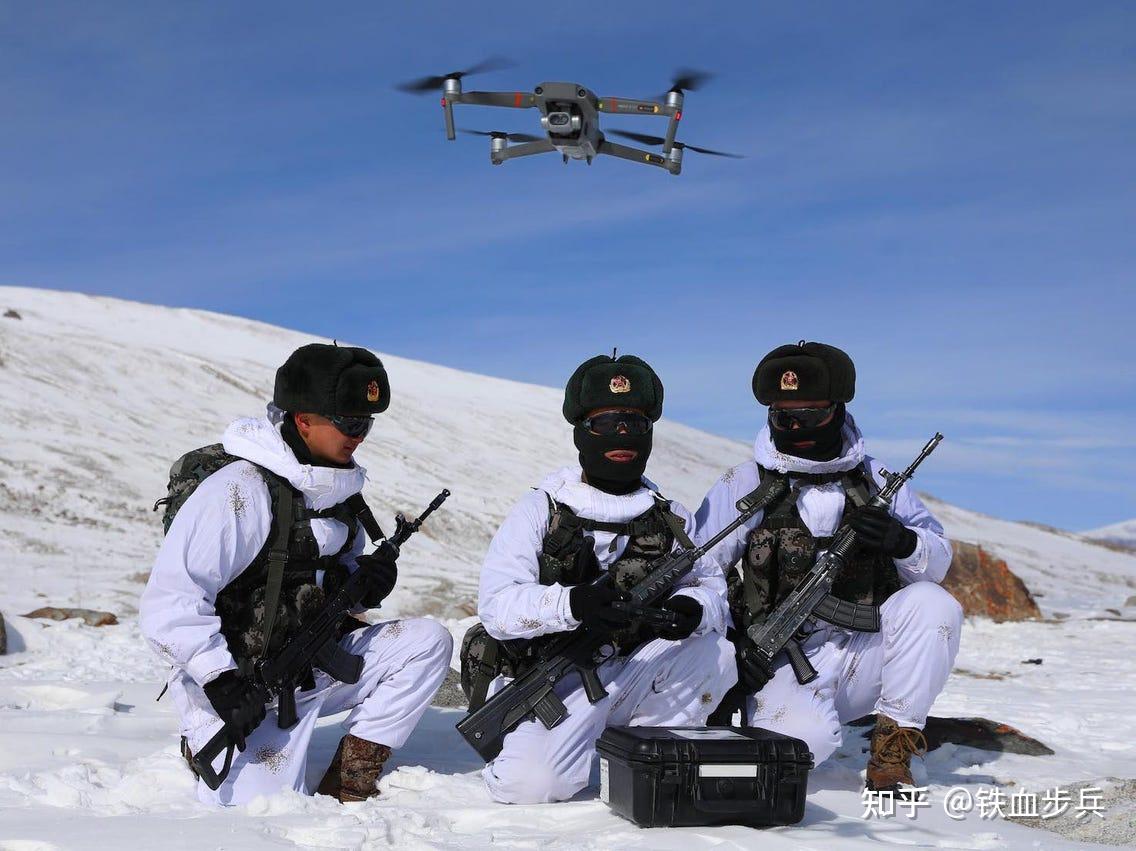
Indian media said that India does not currently have very good means to defend against China’s drone swarm. The world’s major military powers are also developing means to deal with drones. The Israeli army has been trying to use nets to counter drones. The cheap and simple barbed wire also has a certain interception effect, but the effect is not obvious. Australia’s UAV Shield is developing an anti-UAV sentry for the US Air Force based on artificial intelligence, which cuts off operators’ control over the drone or forces the drone to land on the spot by destroying the radio frequency of enemy drones. There are also anti-drone guns, as well as innovative means such as changing the near-explosion fuse of ammunition. When fired at the drone swarm, the ammunition will detonate when it reaches the range of the drone swarm, and the debris after the explosion will cause extensive damage within the drone swarm.
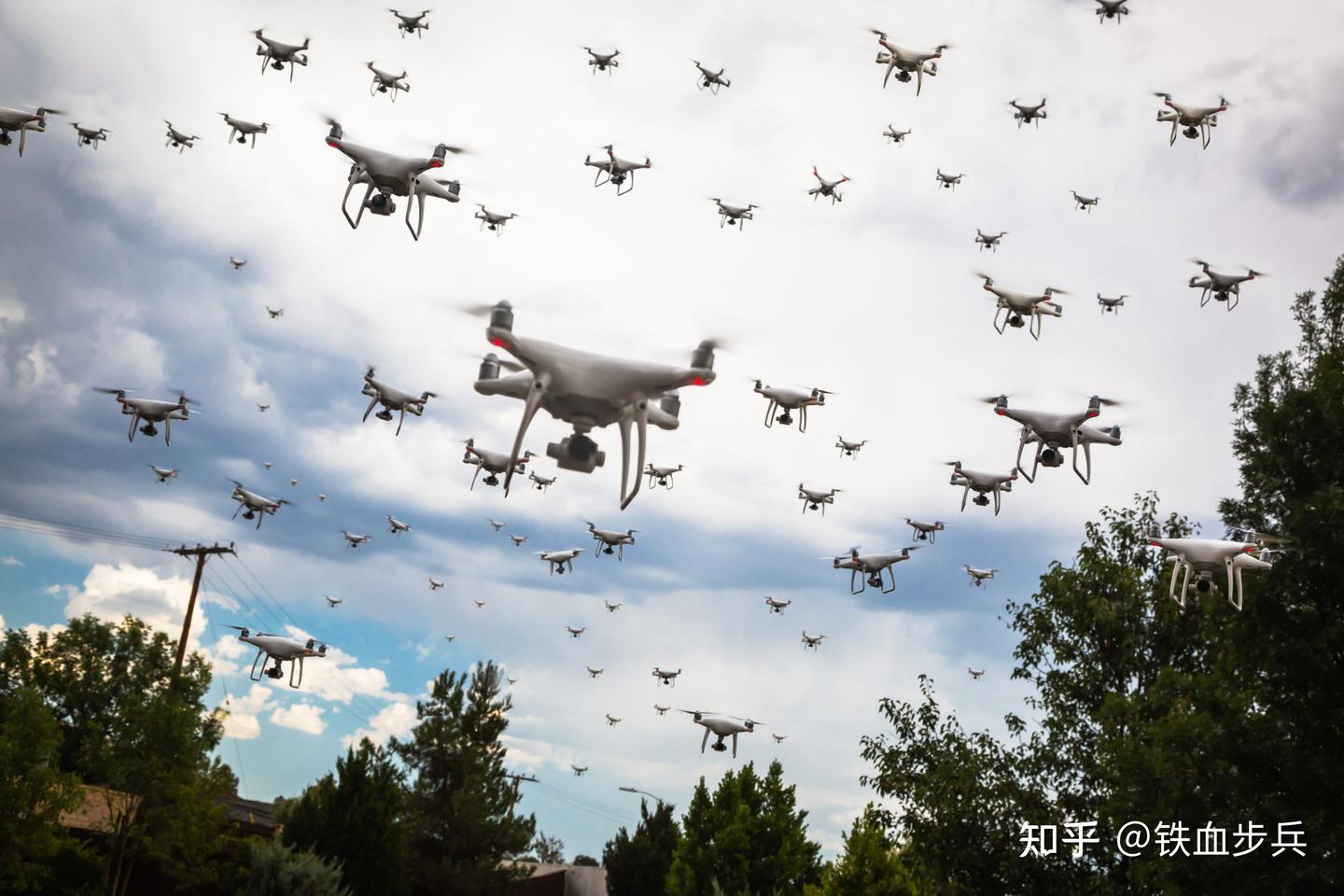
Indian media said that India has also carried out some research and development in the field of anti-drone technology. In early May this year, the Indian Air Force (IAF) received the first locally manufactured anti-drone system (C-UAS), called ” DRONAAM ” and was developed by Indian company Gurutvaa Systems. According to Harshad Dave, the company’s director, the “DRONAAM” adopts a state-of-the-art modular system design that can be installed on any mobile or fixed device, either in a backpack or on a vehicle, with the option of directional coverage clearance or full coverage clearance. By suppressing/interference in drone video and telemetry signals, commercial drone navigation and control systems can be effectively destroyed and soft-killed. This anti-drone system in India deals with civilian drones, but cannot deal with China’s military drones.
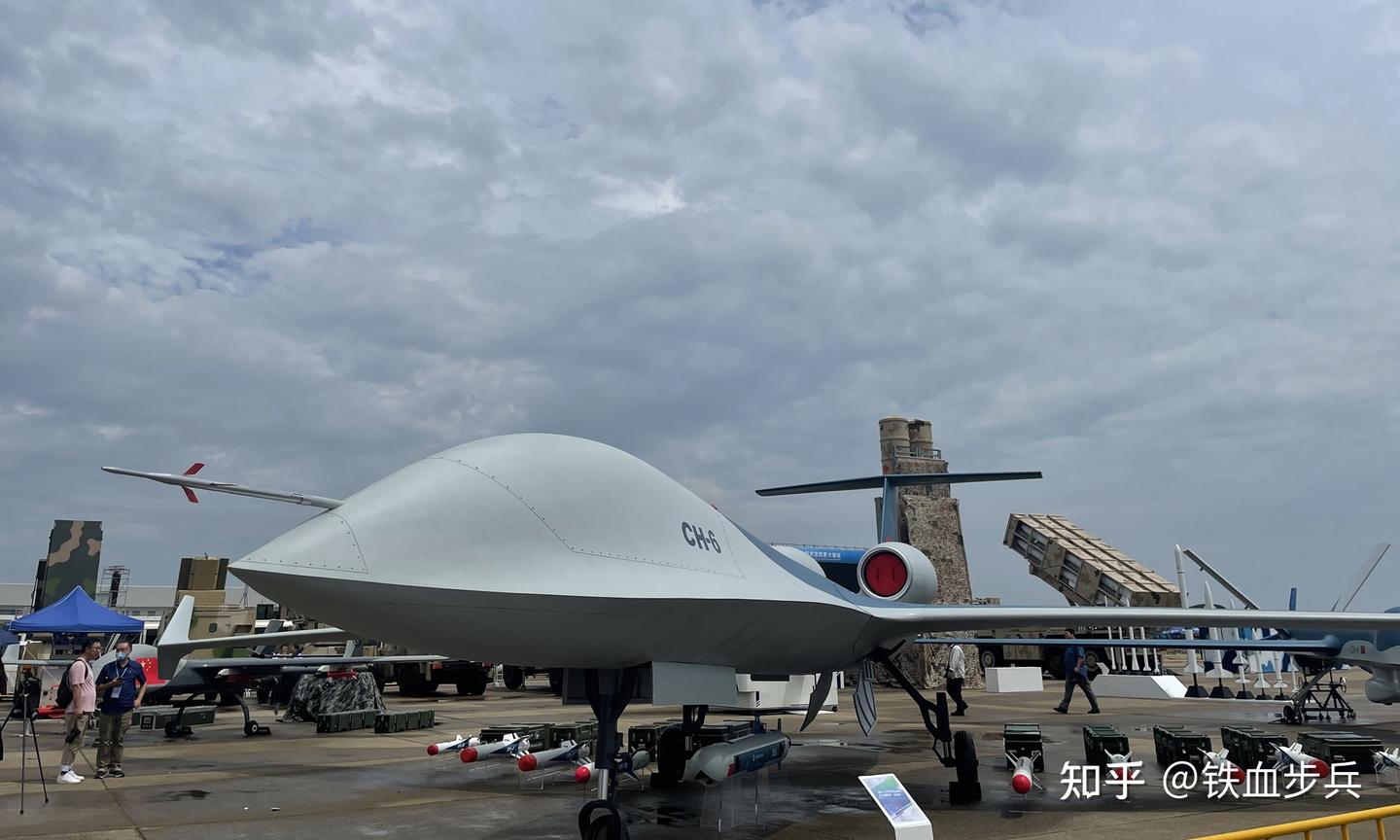
Indian media said that when other countermeasures have not been developed, using drones is an option for drones. In order to fight against China’s drones, India has imported a large number of military drones from Israel and the United States in recent years. Of course, India is also developing its own domestic drones, but due to restrictions on imported drones, it has insufficient funds. However, since 2018, the Indian Air Force (IAF) launched a Meher Baba swarm drone competition to seek local military swarm drones to circumvent the cumbersome procurement procedures stipulated by the Ministry of Defence (MoD). Named after the late Air Force Brigadier General Meher Singh, the competition aims to find proprietary indigenous design, development and production of low-cost drone cluster solutions for the Air Force, including disaster relief operations.
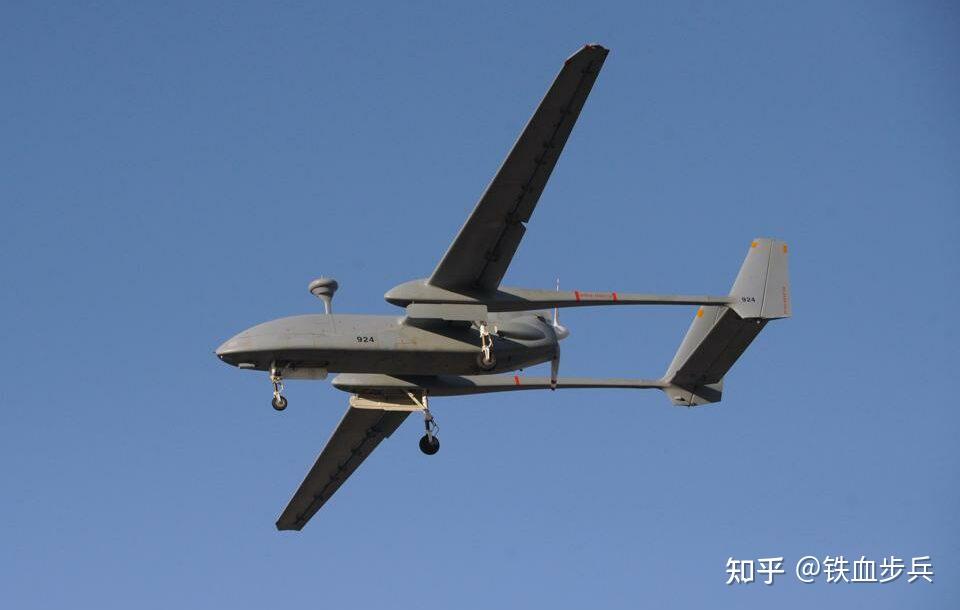
Indian media said that during the Army Day parade in January 2021, the Indian Army used 75 drones to conduct simulated attacks, but in fact it did not meet the definition of a drone group, although it did use 75 drones to conduct multiple attacks, including suicide attacks, as well as providing medical assistance and material supplies. But each of these drones is independent of other drones in the cluster and does not reach the level of collaboration required by the drone cluster to complete military missions collectively, so it cannot be defined as a drone cluster, but it has taken an important step in this direction.
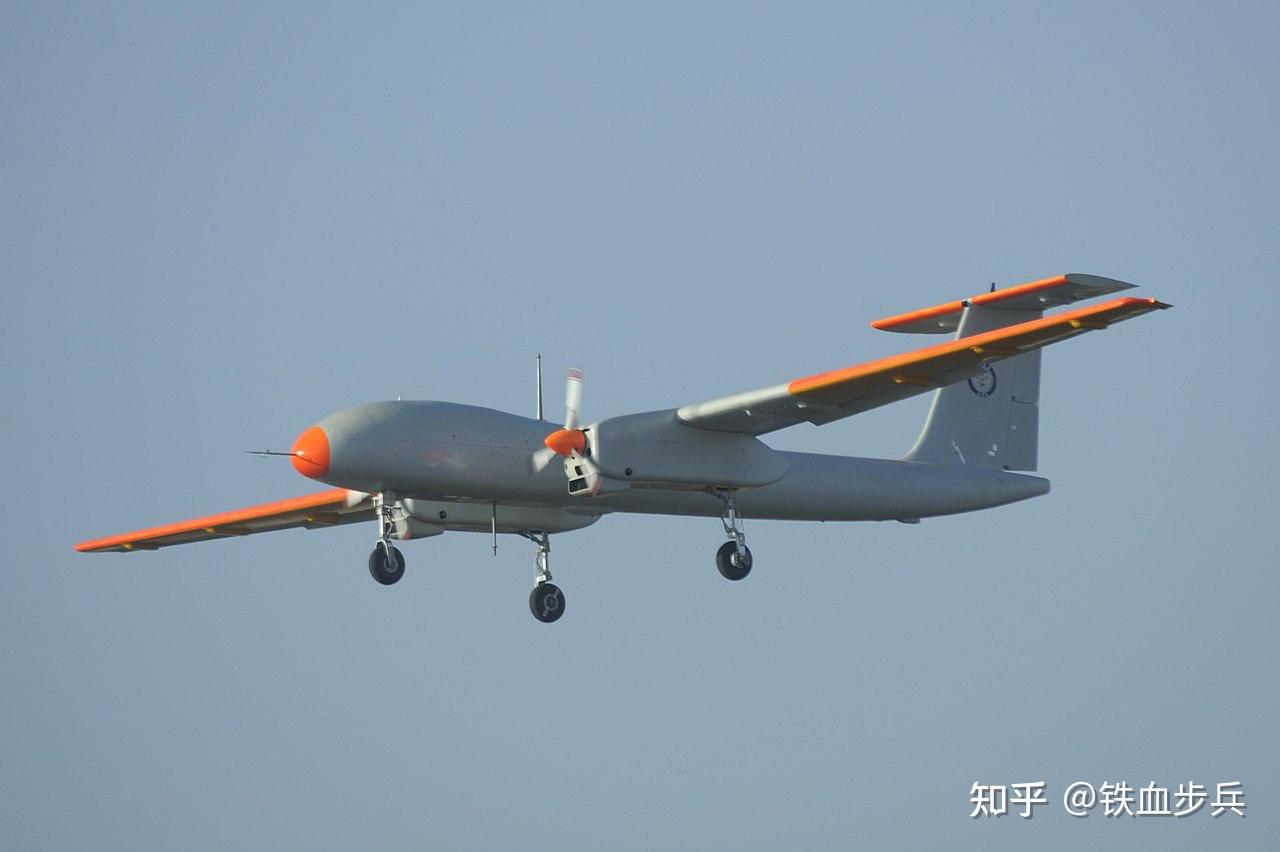
The Indian Army is also seeking to develop drone swarm combat capabilities, working with the New Space Research and Technology Private. We are currently working with a Bengaluru-based drone company, hoping to build a drone swarm to compete with China.
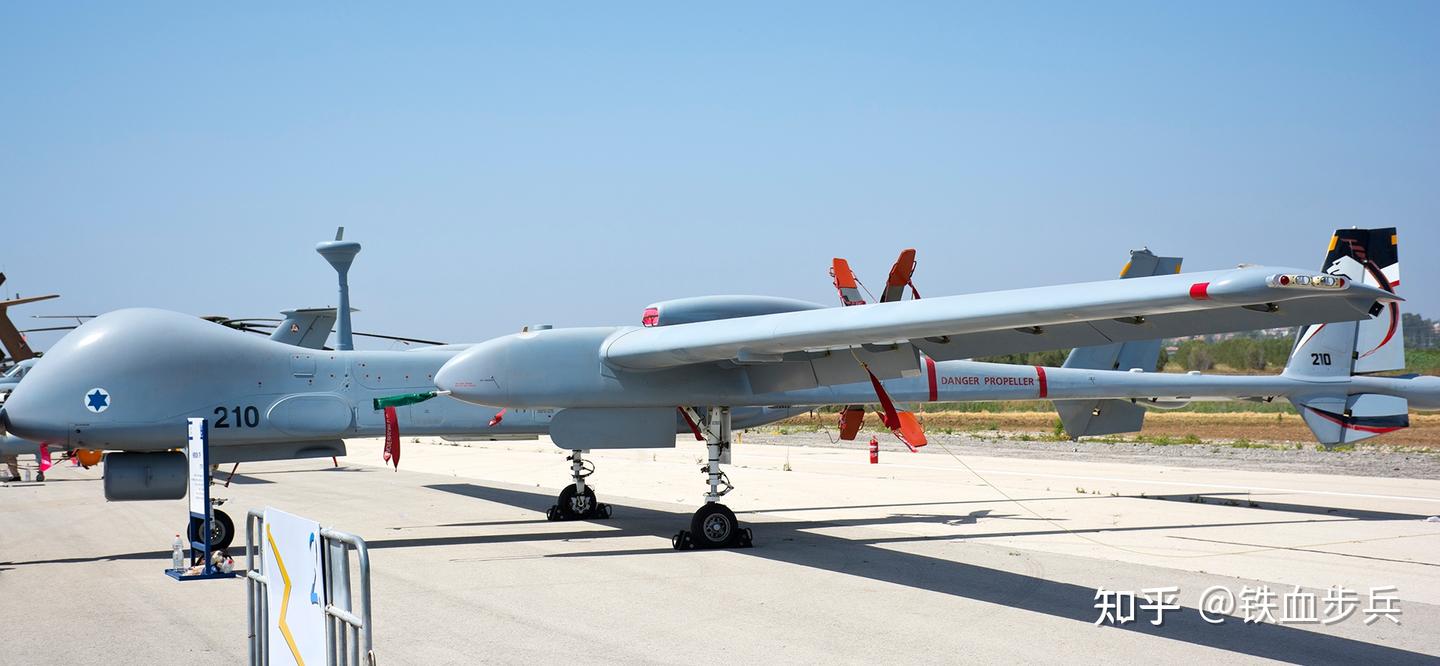
Indian media said that in recent years, drones have played great military value in Saudi Arabia, Libya, Syria, Azerbaijan and Armenia, and now the Russian-Ukrainian conflict. Generally speaking, drone warfare is asymmetric, and just like guerrilla warfare, emerging drone swarms may become strategic resources in future warfare. While India has realized the military value of drone swarms, while China and Pakistan are increasingly using them to suppress India, swarm drones are still at a low priority in India’s defense procurement list. As far as the Indian Air Force is concerned, they prioritize their development to increase the size of 31 fighter squadrons to 42.
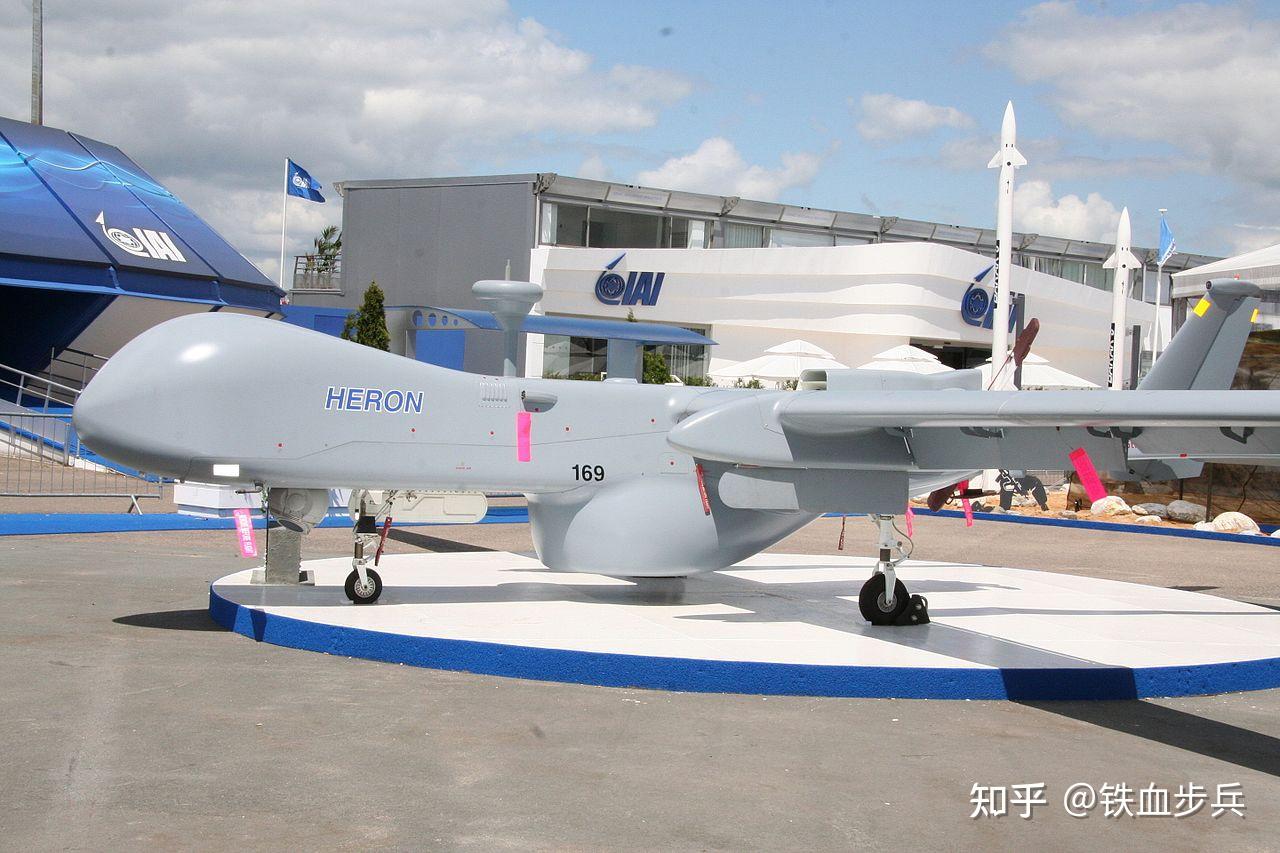
Indian media said that although the development of drones in the public sector is not active, private companies are expected to play a key role in the field of military drones. And the Indian military is happy to see private companies participating in development, which usually means a reduction in costs; at the same time, foreign drone manufacturers are also willing to cooperate with private companies. Israel, for example, is particularly generous in this regard, and it has already cooperated with state-owned Indians and several private companies. Faced with China’s drone swarm, India needs to operate 1,000 drone swarms to compete. Of course, India has enough funds to support it, including drone technology and artificial intelligence required to provide the essence of the swarm, but this process may be long.
#UAV, #China-India border conflict, #Chinese Army
![[surprise]](https://chinaservicerobots.com/wp-content/uploads/2025/04/v2-3846906ea3ded1fabbf1a98c891527fb.png) after all, there are several places every year
after all, there are several places every year![[surprise]](https://chinaservicerobots.com/wp-content/uploads/2025/04/v2-3846906ea3ded1fabbf1a98c891527fb.png)
![[laughing out loud]](https://chinaservicerobots.com/wp-content/uploads/2025/04/v2-3ac403672728e5e91f5b2d3c095e415a.png) DJI~ Winglong. China’s drones are very cost-effective.
DJI~ Winglong. China’s drones are very cost-effective.![[think]](https://chinaservicerobots.com/wp-content/uploads/2025/04/v2-bffb2bf11422c5ef7d8949788114c2ab.png)
![[think]](https://chinaservicerobots.com/wp-content/uploads/2025/04/v2-bffb2bf11422c5ef7d8949788114c2ab.png)
![[think]](https://chinaservicerobots.com/wp-content/uploads/2025/04/v2-bffb2bf11422c5ef7d8949788114c2ab.png)
![[think]](https://chinaservicerobots.com/wp-content/uploads/2025/04/v2-bffb2bf11422c5ef7d8949788114c2ab.png)
![[cool]](https://chinaservicerobots.com/wp-content/uploads/2025/04/v2-c96dd18b15beb196b2daba95d26d9b1c.png) The pattern is small, and the built-in program can be turned into your own use and used for attack by your drone
The pattern is small, and the built-in program can be turned into your own use and used for attack by your drone
